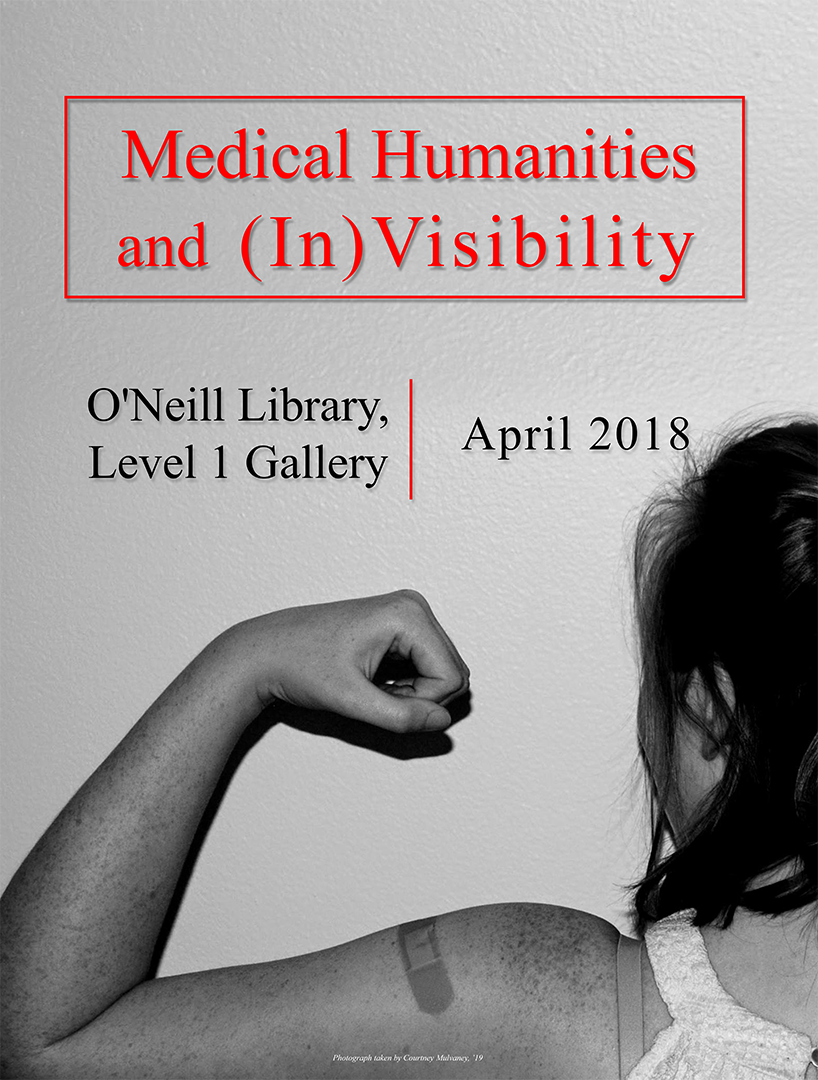Discussing the theme of (in)visibility sets into motion the very process of identifying issues that often go unknown, unheard, and unseen. But it goes beyond just the duality of the “visible” and “invisible”—it also brings to light the societal implications surrounding these issues, helping further our understanding of ourselves and our communities.
It can also make one wonder: What is next? What lies beyond a veil through which, even without our knowledge, we might be taking in the world around us?
At the recent 2018 Medical Humanities Conference at Boston College, a series of student panels and a keynote address by Dr. Rafael Campo illuminated for me this multifaceted nature of (in)visibility. From the Women in Refrigerators comic book trope, to neuroplasticity in individuals with what society typically considers “disability,” to mental health portrayed through various forms of the visual and literary arts, my fellow panelists brought a variety of perspectives on the theme at hand. Dr. Campo’s reading of selections from his poetry and essays, as well as his insights on doctors’ experiences and medical training, expanded my understanding of ways in which (in)visibility can occur within a hospital room.
I am honored to have been given the opportunity to share excerpts from my script Second Spring at the Conference and as part of this display. A reimagining of Spring’s Awakening by Frank Wedekind, Second Spring is a major part of my exploration of the medical humanities—and I am grateful that it led me to join the conversation on (in)visibility.
Gayeon Lee Managing Editor The Medical Humanities Journal of Boston College

